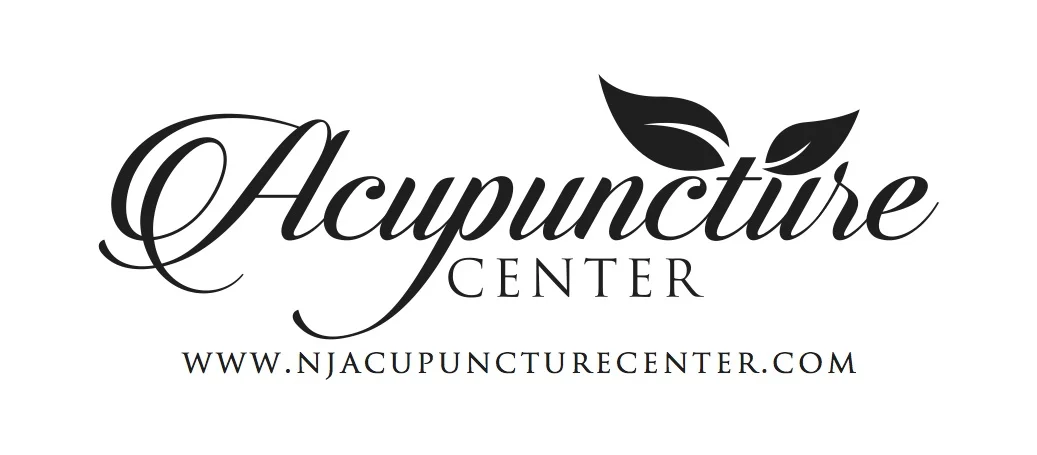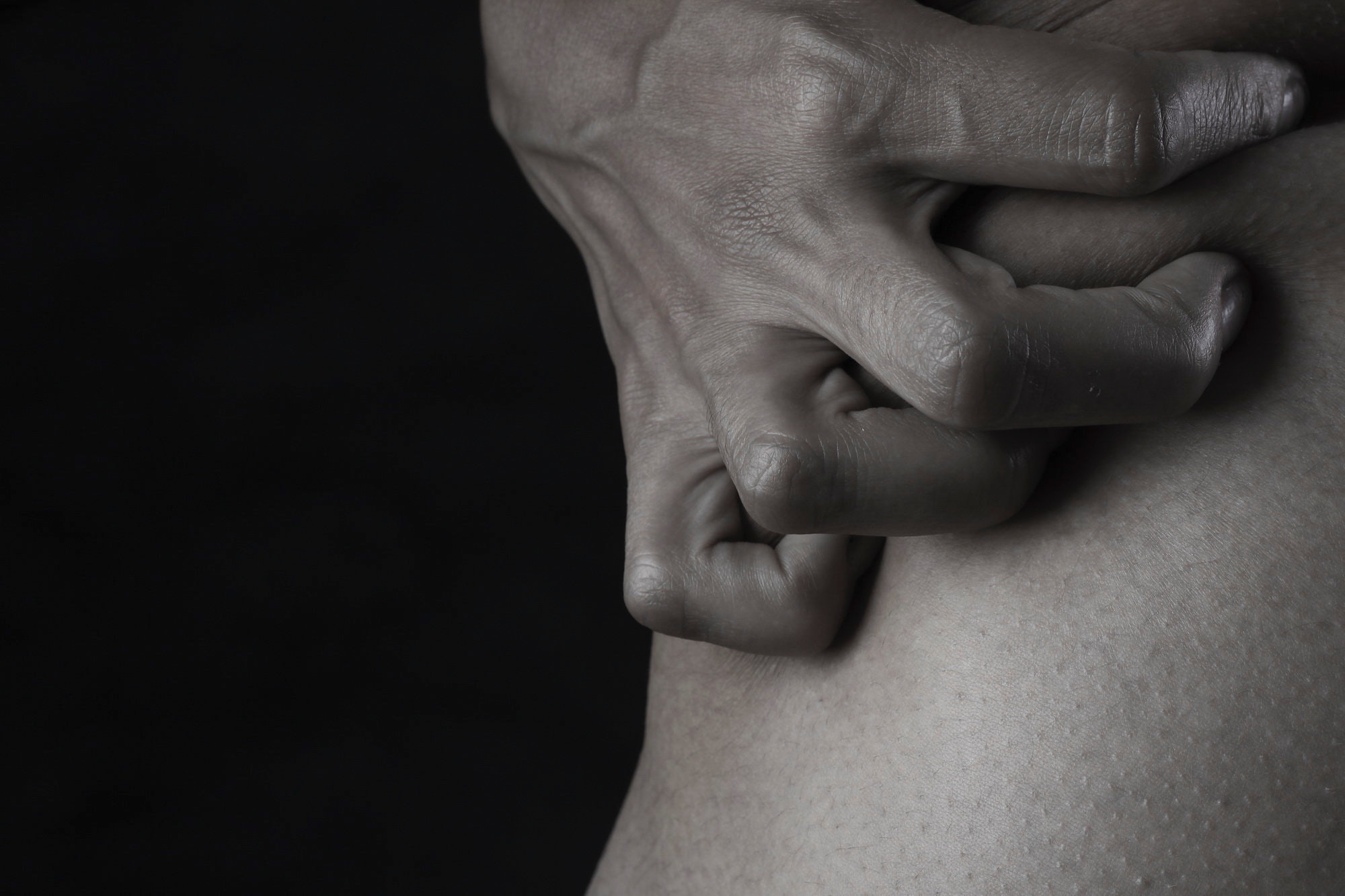How Does Acupuncture Help with Chronic Pain?
/f you’ve been living with chronic pain, you know how much it can affect your daily life. Whether it’s back pain, neck tension, joint stiffness, or migraines, constant discomfort can make even simple tasks—like sleeping, walking, or working—feel overwhelming.
Many people turn to pain medications or even surgery, but those options don’t always provide lasting relief. That’s where acupuncture comes in. This ancient, natural therapy has helped millions of people find relief from chronic pain—without the side effects of drugs or invasive procedures. At NJ Acupuncture Center, with locations in Bayonne and Jersey City, we specialize in helping patients feel better, move easier, and live pain-free through customized acupuncture care.
What Exactly Is Acupuncture?
Acupuncture is a core part of Traditional Chinese Medicine (TCM). It involves inserting very fine, sterile needles into specific points on the body—known as acupuncture points—to balance your body’s energy, or Qi (pronounced “chee”).
In TCM, pain happens when Qi becomes blocked or imbalanced. By stimulating these points, acupuncture helps restore balance and improve the flow of energy throughout your body.
From a modern medical perspective, acupuncture works by stimulating the nervous system, triggering your body to release natural pain-relieving chemicals like endorphins, serotonin, and dopamine. These help reduce inflammation, ease muscle tension, and support healing—naturally.
How Acupuncture Helps with Chronic Pain
At NJ Acupuncture Center, we see patients every day who come in for pain that’s been bothering them for months or even years. Here’s how acupuncture can help:
1. Reduces Inflammation
Chronic inflammation is one of the main sources of long-term pain. Acupuncture increases circulation, helps clear out toxins, and calms inflamed tissues. Many of our patients report less stiffness and swelling after just a few treatments.
2. Improves Blood Flow
Better blood flow means your muscles and joints get more oxygen and nutrients, helping them recover faster. Acupuncture also helps clear out metabolic waste (like lactic acid), which can build up and cause soreness.
3. Releases Natural Painkillers
Your body produces its own powerful pain-relief chemicals, but they don’t always activate when you need them. Acupuncture stimulates the release of endorphins, your body’s natural “feel-good” hormones, which reduce pain and promote relaxation.
4. Relieves Stress and Tension
Chronic pain doesn’t just affect your body—it affects your mind, too. Acupuncture activates the parasympathetic nervous system, the part responsible for rest and recovery. Most patients leave their session feeling calmer, lighter, and more relaxed.
5. Supports Better Sleep and Energy
When pain keeps you up at night, your body struggles to heal. Acupuncture helps regulate your sleep cycle so you wake up feeling more rested, refreshed, and ready to take on the day.
What Types of Pain Can Acupuncture Treat?
Acupuncture can help relieve many kinds of pain, including:
Back and neck pain
Arthritis and joint pain
Migraines and headaches
Sciatica and nerve pain
Fibromyalgia
Knee, shoulder, or hip pain
Post-surgical pain
Sports injuries or repetitive strain
At NJ Acupuncture Center, we design each treatment plan around you—your lifestyle, pain level, and goals—so that every session moves you closer to lasting relief.
What to Expect During an Acupuncture Session
If you’ve never tried acupuncture before, it’s normal to feel a little nervous—but most patients are surprised by how relaxing it is.
During your first visit at NJ Acupuncture Center, your licensed acupuncturist will review your health history and talk with you about your pain, daily habits, and any other symptoms you might be experiencing. Then, you’ll relax on a comfortable table while the acupuncturist places thin, sterile needles into specific points related to your condition.
Most people feel little to no pain—just a light tingling or warmth. The needles stay in for about 20–30 minutes while you rest. Many patients say they feel deeply calm, and some even take a nap during treatment!
Depending on your pain and how long you’ve had it, your acupuncturist may recommend several sessions to help your body fully rebalance and heal.
What Science Says About Acupuncture and Pain Relief
Acupuncture isn’t just ancient wisdom—it’s backed by modern science.
Research from organizations like the National Institutes of Health (NIH) and the World Health Organization (WHO) shows that acupuncture is an effective treatment for chronic pain. Studies have found that it can lower pain intensity, improve mobility, and reduce the need for medications. That’s why so many pain clinics, hospitals, and physical therapy centers now include acupuncture as part of a complete care plan.
Why Choose NJ Acupuncture Center
When you’re in pain, you deserve compassionate care that actually works. At NJ Acupuncture Center, our licensed acupuncturists combine traditional techniques with modern understanding of pain management to deliver real, measurable relief.
Whether you’re struggling with lower back pain, neck tension, or joint discomfort, we’re here to help you feel your best again—naturally. Our calming, modern clinics in Bayonne and Jersey City, NJ are designed to help you relax the moment you walk in.
We also can help recommend local complementary treatments such as massage, cryotherapy, physical therapy, personal training, Reiki healing and more.
The Bottom Line
Living with chronic pain can be frustrating and exhausting, but you don’t have to manage it alone—or rely only on medication. Acupuncture offers a safe, proven, and natural way to relieve pain, reduce inflammation, and restore balance to your body.
If you’re ready to finally take control of your pain and feel like yourself again, we’d love to help.
Book your acupuncture session today at NJ Acupuncture Center in Bayonne or Jersey City, NJ, and start your journey toward a healthier, more comfortable life.











